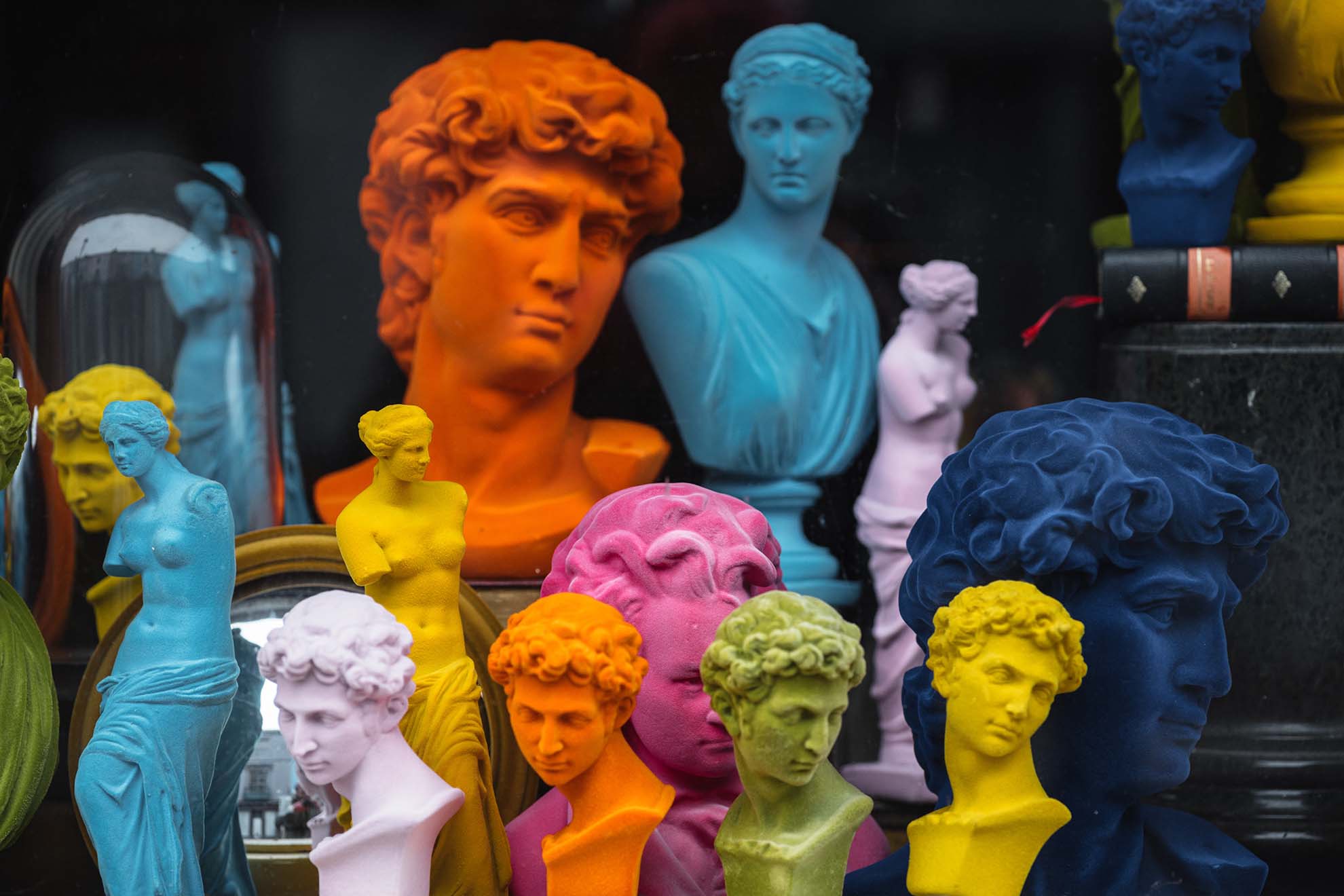Computer Vision for Collectibles

Computer vision models are being used to streamline processes in rapidly changing industries. For example, the demands of COVID-19 have led to computer vision being used by airports and security services. And our changing economy is leading to computer vision innovation in other surprising ways.
Collectibles, such as sports memorabilia, pokemon cards and digital assets, have become hot properties in recent years. Collectors now view items, like Topps Baseball Cards, as important investments that can be accumulated and sold for big profits.
With the increased popularity of collectibles has come increased demand for collectible valuation. This process is known as “grading” and it helps determine how much a trading card or a whole collection is worth. Now computer vision AI models are being used to automate and accelerate grading.
Firstly, this blog will look at the bottlenecks being caused by high demand for grading services. Secondly, we will look at computer vision systems that can make collection valuations more efficient. Thirdly, we will show how data annotation supports these applications. And finally, we will identify the advantages offered by data annotation services, like Keymakr.
Assessing collectible quality
When collectibles are being bought and sold as investments it is vital that collectors know how much individual items and collections are worth. Usually collection grading is done by mailing collectibles to companies who specialise in the grading of valuable collectibles. However, as the collectible market grows more popular and competitive, certain problems with this traditional approach have begun to emerge:
- High demand: As more and more people move into the collectibles market the pressure is growing on grading companies. To get their collections valued collectors have to post cards and memorabilia to grading services. This can be a slow process and as demand grows, so has the backlog of essential grading work. This can frustrate collectors and inhibit investment strategies.
- Expensive: Posting collections to grading services can also be costly. Companies will charge significant fees to grade items and these costs are only set to increase as demand rises.
- Subjective: It can be hard to maintain a consistent grading standard. Human appraisals of items are always subjective. As a result, grades can sometimes be inaccurate and collections can be under or overvalued. An agreed on set of grading criteria, consistently applied, would help buyers and sellers.

Computer vision powered grading
AI models can streamline the collectible grading process. They do this by automatically assessing cards and other objects. Computer vision grading systems look at a range of factors including: the surface, corner, centering and edge quality of the physical card. Computer vision models can also find flaws that may be less obvious to human eyes. By using AI grading services can make collection valuation faster and more objective for their customers.
Teaching with annotation
Automated grading systems are made possible by data annotation. By manually labelling many thousands of images of cards it is possible to create training datasets from which AI models can learn to grade cards. Human grading experts use their knowledge to establish a set of standards that AI systems can follow precisely and almost instantly.
Annotation services help
Creating effective datasets for applications like automated grading models can be challenging and time consuming. As a result many AI developers choose to partner with annotation services like Keymakr:
- Scaling annotation: Keymakr allows AI developers to scale annotation up and down in line with the needs of their growing models.
- Controlling costs: Flexibility also means that computer vision innovators can save money. Outsourcing data annotation allows companies to avoid substantial annotation set-up and administration costs.
- Finding expert verification: Keymakr has experience of finding expert verification for a range of AI use cases. The right verification process can improve final models performance.




